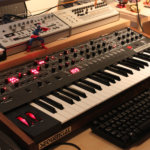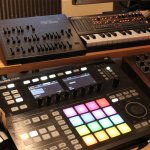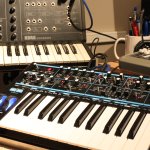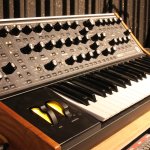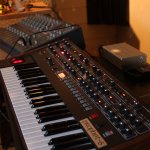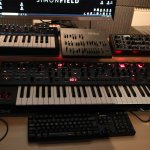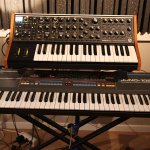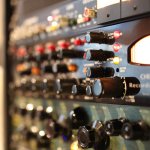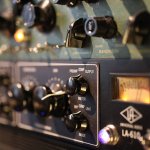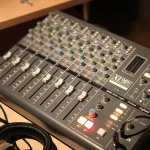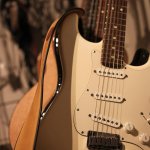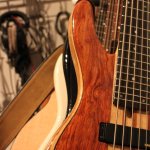Show Off Your Studio: Simon Field’s Cave – a Nordic hideaway
We take a look at the Oslo studio of a house and techno don.
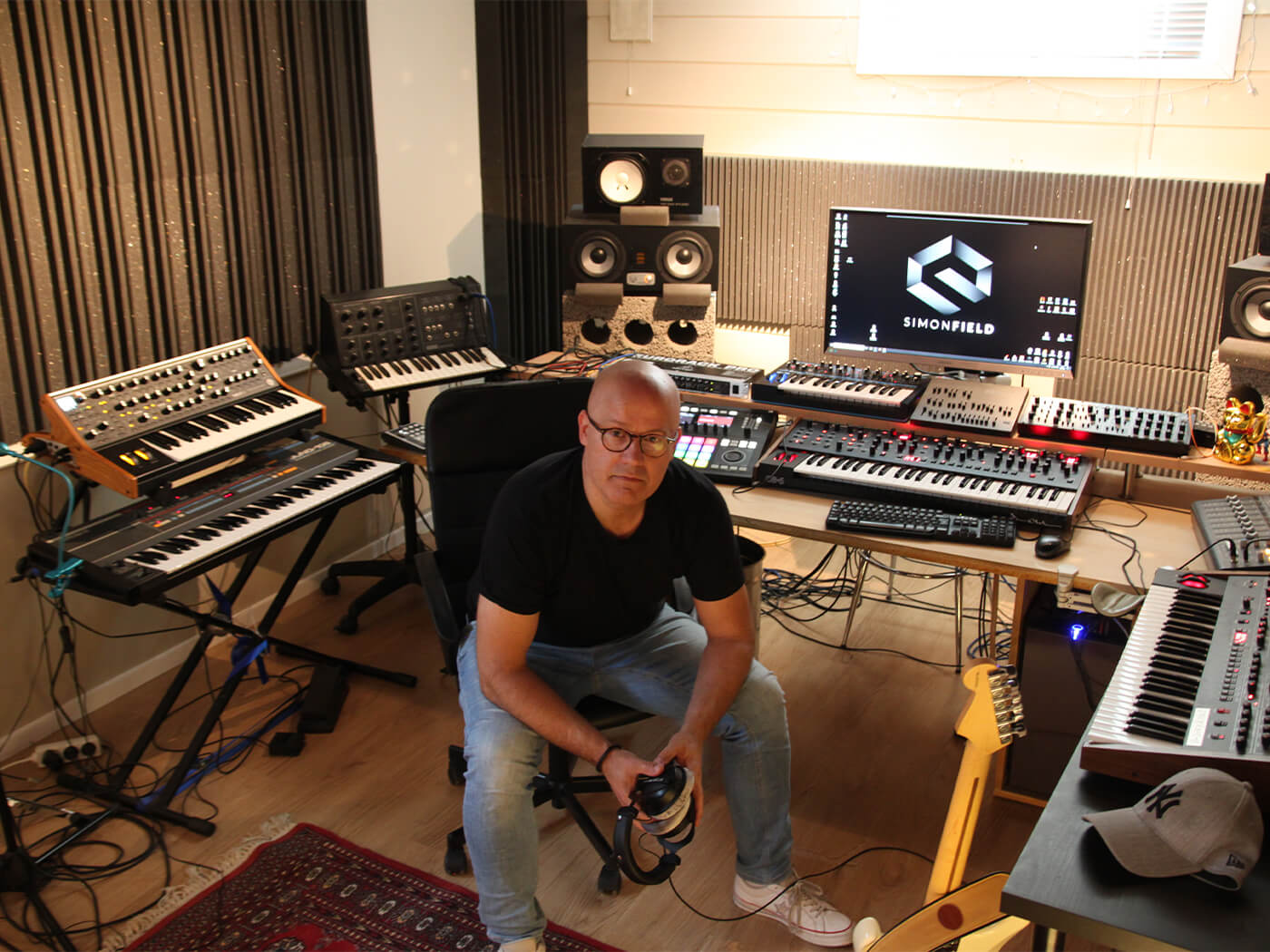
Artist Simon Field
Contact simonfield.no
Beatport | SoundCloud | Spotify
Key Kit
- Sequential Prophet-6
- Dave Smith Instruments OB-6
- Moog Sub 37
- Roland Juno 106
- Native Instruments Maschine
- Novation Bass Station
Tell us about your studio, Simon!
My studio is a soundproofed room in my house in Oslo. I often get ideas outside on my mobile setup, but The Cave is where I really can leave the world behind and focus. No phones and no internet in here – that’s key for me!
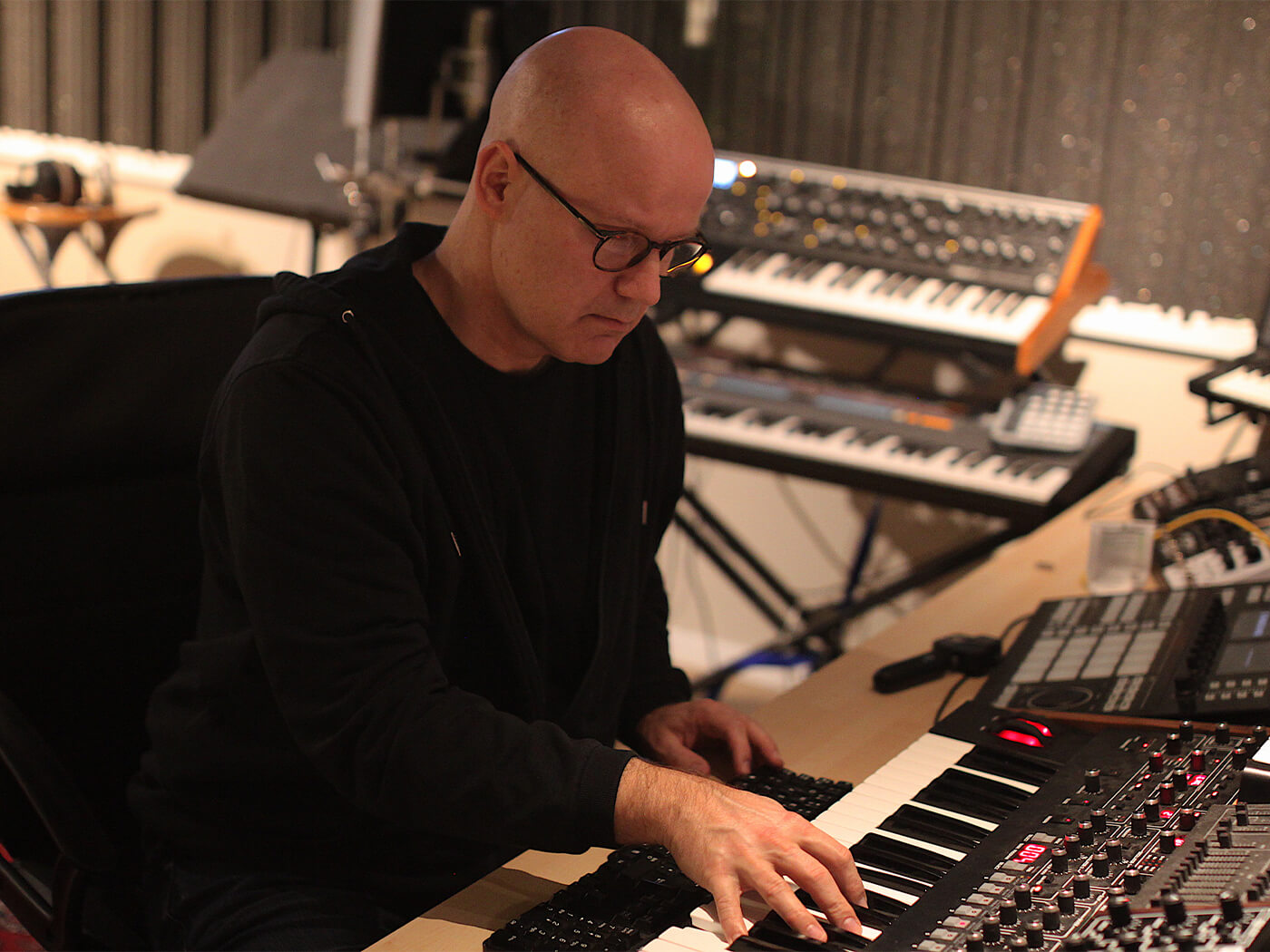
What kind of workflow do you have when producing?
I force myself to be creative every day. So I make at least one beat on Maschine every morning. Typically an 8-bar loop with all the main elements. I bounce an MP3, and everything goes into a Dropbox folder. I listen through these ideas once a week and take some of them to the next level. This is typically a process done in the studio. So I’ll have hundreds of construction kits and ideas that I can pull in from these morning sessions. When I’m in The Cave I pull up one of my favourite ideas and start building it into a track.
Which DAW do you use?
I’m a little old school and have always been a Cubase user, but I use Ableton Live for mixing. I’m really fast in Cubase because I’ve always worked with it. Most of the time I can work without having to use the mouse which is really an advantage.
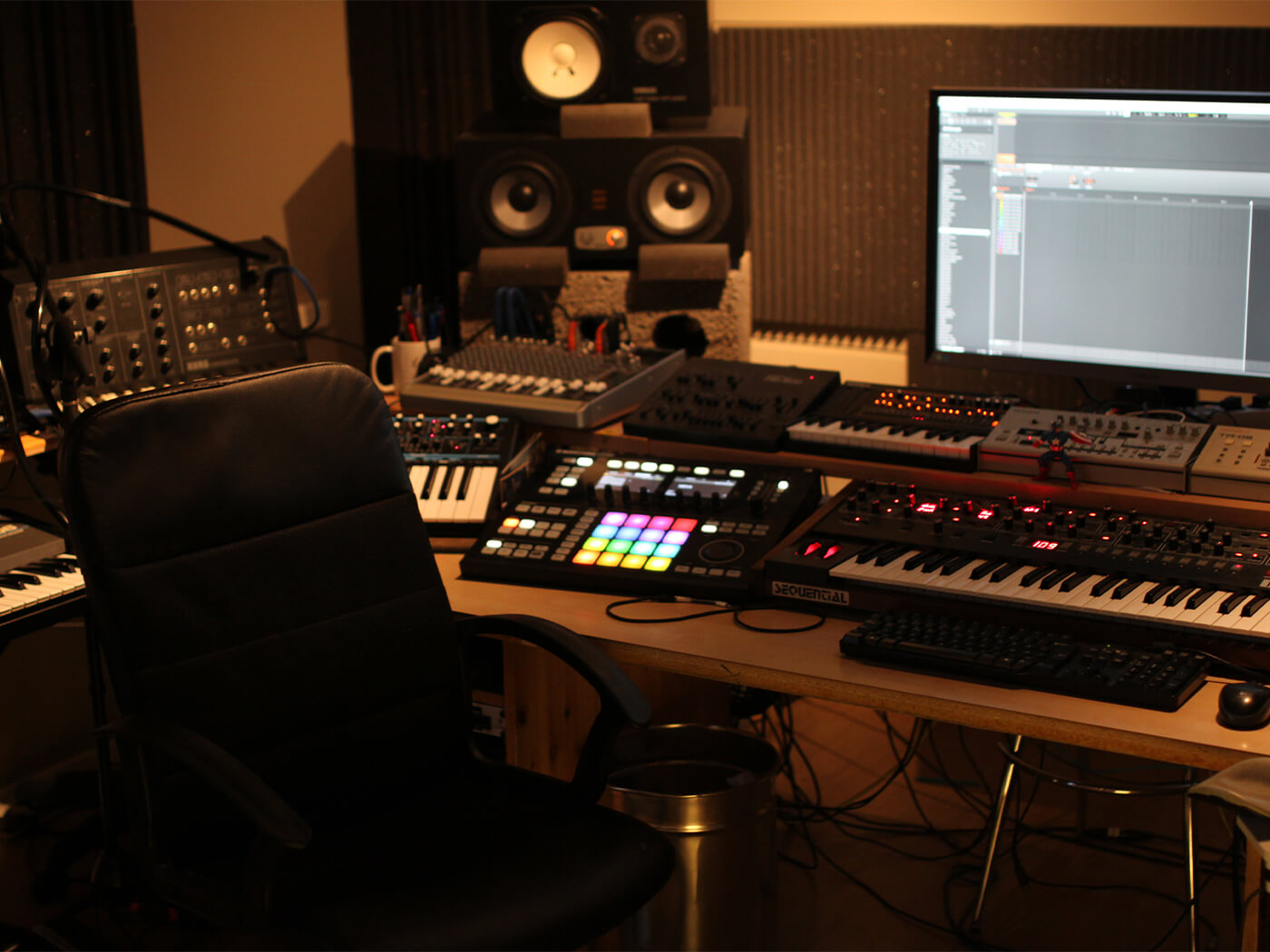
Can you tell us about your key kit?
The Prophet-6 has been my main synth and controller for the last few years. It’s got everything from amazing plucks to sweet pads. I also create a lot of arps and stabs and it can do that nicely, too. The OB-6 has moved into my main space in the studio to force myself to use more than just the Prophet 6. It has become one of my main synths for the same reasons as the Prophet. Although, I would say the OB-6 has a little more character and is more technical and aggressive, which I feel my music needs.
Next is the Moog Sub 37. I can’t get away from talking about this beast. It´s the central low-end element on all my tracks. It’s often recorded in mono to sit centre in the low end, while the Prophet or the OB-6 take up a wider space in the low end. Killer combo.
I am a sucker for analogue gear, but the Maschine gives me kinda some of that – the hands-on feeling and not having to look the computer. It’s the high-speed workflow that enables me to get ideas down before they disappear. I also have a smaller one with an audio interface on my laptop – which makes a perfect mobile studio.
How much time do you spend in The Cave per week?
I am here almost every day – at least for a session of two to three hours. I feel I’m very structured with my time. For every track that’s a work in progress, I make a list of things to do – typically what sounds, effects and mixing techniques to try out so that I can be productive from the get-go of each session. I don’t bring my phone in nor connect the computer to the internet which makes a huge difference.
How did you go about getting the acoustics right in the studio?
So far it has been a process of trial and error. I have had some advice from friends on where to dampen and fine-tune, but apart from that – the room sounds good. I’m used to at least, so I can adjust as and when I see fit.
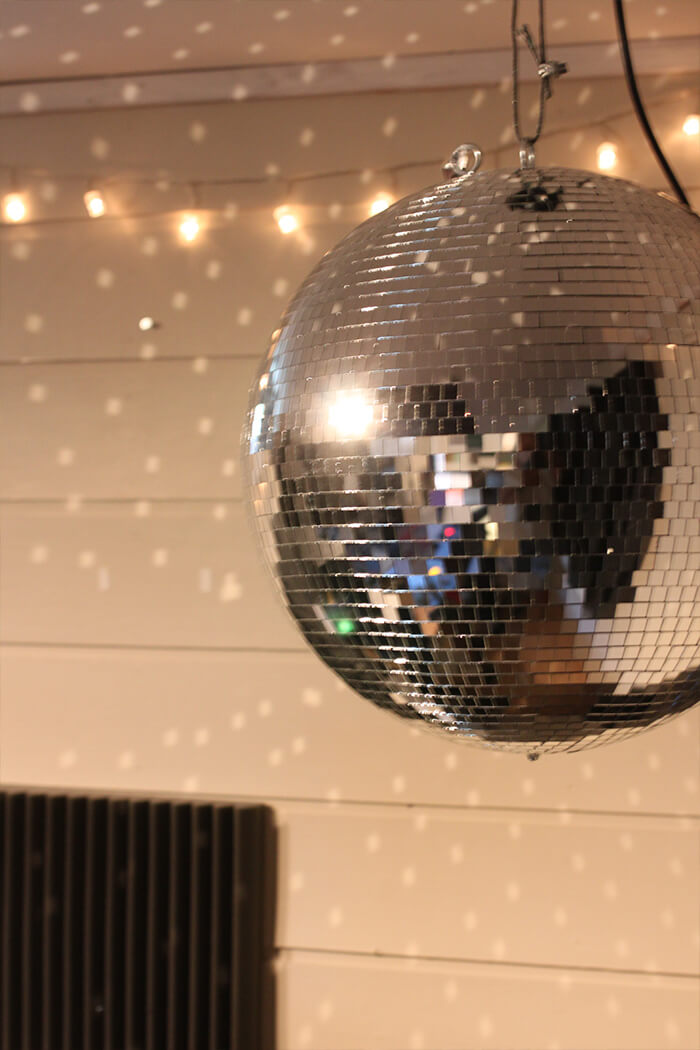
What atmosphere do you try to create in The Cave?
Obviously my lighting, colours, disco ball, heating, ventilation and all that stuff is important! My choices have been more or less subconscious. I think that is the most important thing is the sign on the door, which tells me that I am entering into a room of musical freedom.
How do you collaborate with vocalists? Is it usually done remotely or do you bring them to the studio?
To be honest, I hate working remotely. In fact, I most often want the song to be written first. The vocals and the writing are the single most important things to me, so I need to be involved from the initial idea. I often get the title idea first, so I often bring in a pile of title ideas to a session. In terms of vocal productions, I’m also hands-on. That last 10% of a project is actually 90% of the work, and too many people skip that. Recording in my own room on my gear is the best situation as I know how to get the most out it.
What is your favourite piece of gear?
Super hard to pick one! Right now I cannot live without my guitar pedals. And I can’t imagine my life without the Juno 106. My inspiration comes from the fact that I know the gear so well and that I can create the ideas I hear in my head with them, which then gives me even more inspiration.
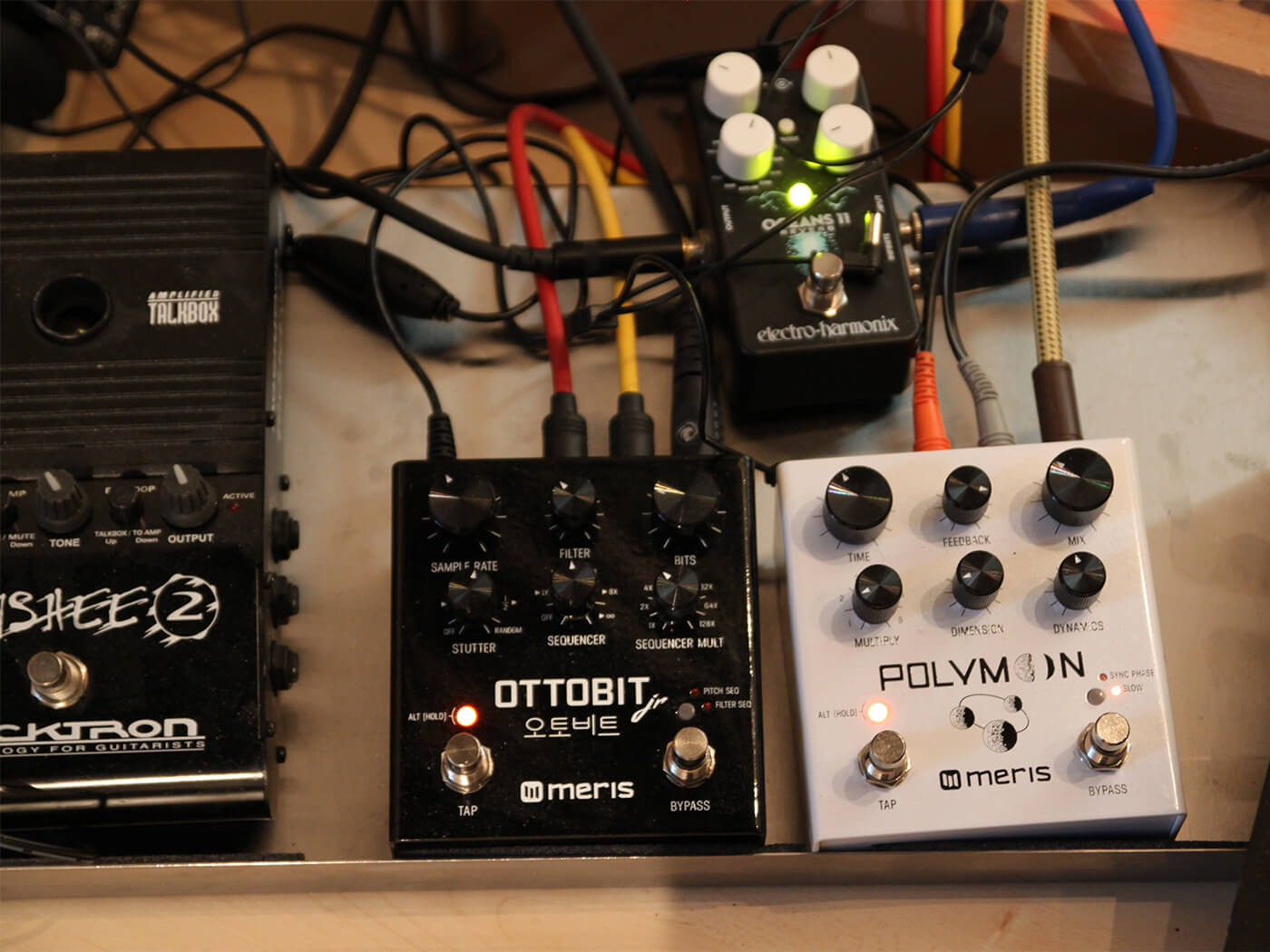
What gear is on your shopping list?
Well, I love arpeggios and I love the Moog sound, so its got to be the new Moog Subharmonicon.
Do you have any frustrations with your setup?
I think my only frustration is that I wish it was located on Ibiza. Although having said that, I don´t really know how much work I would get done!
What is your top piece of production advice?
For me, it all falls into place when I start relying on my own ideas. That’s where making a track a day comes in. Working as fast as you can is key and not getting distracted by other tracks you know. Unique ideas are way more powerful than a copy or a soundalike. Also trying to copy something else will always make you end up disappointed as its more or less impossible to make something better than your favourite track – different, yes. But the same and better? No.

As a beginner, what gear would you recommend?
I would say if you manage to know ONE synth really well that is more powerful than having four you don’t know too well. In terms of software synths, I think that would be Massive for me. I know that synth really well.
What gear helps you get punchy, distinct drums?
I often write my drums on the laptop, where just the high end really is important, and then I work on the low end later on in the studio. My setup for drum mixing is often as follows: I would send everything to a buss except the kick. Then I would add a UAD Fairchild compressor or an SSL bus compressor, depending on the material.
For the kick, I would normally bus it with the bass, actually, to glue the low end. Although my favourite secret trick for drums during the mixing process is using summing. To me, that’s the best way to keep the drums sounding punchy alongside all the other instruments. When summing I would send Bass/ Kick to one line and drums to another, so they don’t compete.
How do you keep inspired during lockdown?
I wish I had the answer to that. I have literally tried anything from walks to table tennis. At the end of the day, it’s keeping yourself busy – speaking to people, making sure you do something creative every day, no matter how small. But I have to admit it has been really hard.
What’s the first thing you’ll do when the lockdown ends?
They are already loosening up here and I got my first gigs again. When Europe opens up I will be the first person to go to IBIZA!
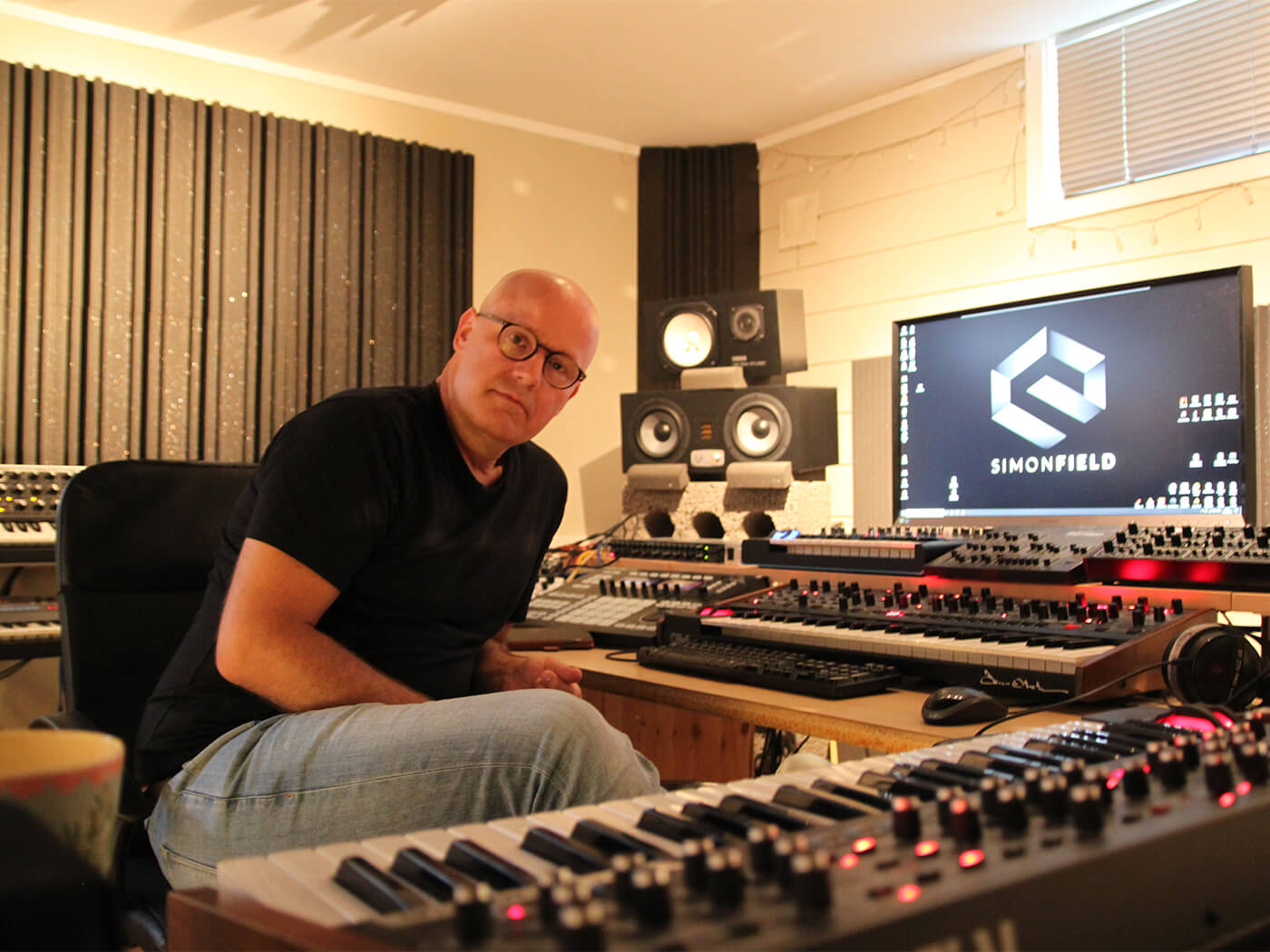
Simon Field’s latest single, Sirens, is available to stream now. Find out more at simonfield.no.
Do you use a studio that we all need to see? Send photos to editors@musictech.net or get in touch via the MusicTech Facebook page and your gear could be featured next.
For more studio posts, check out our Studio page.
